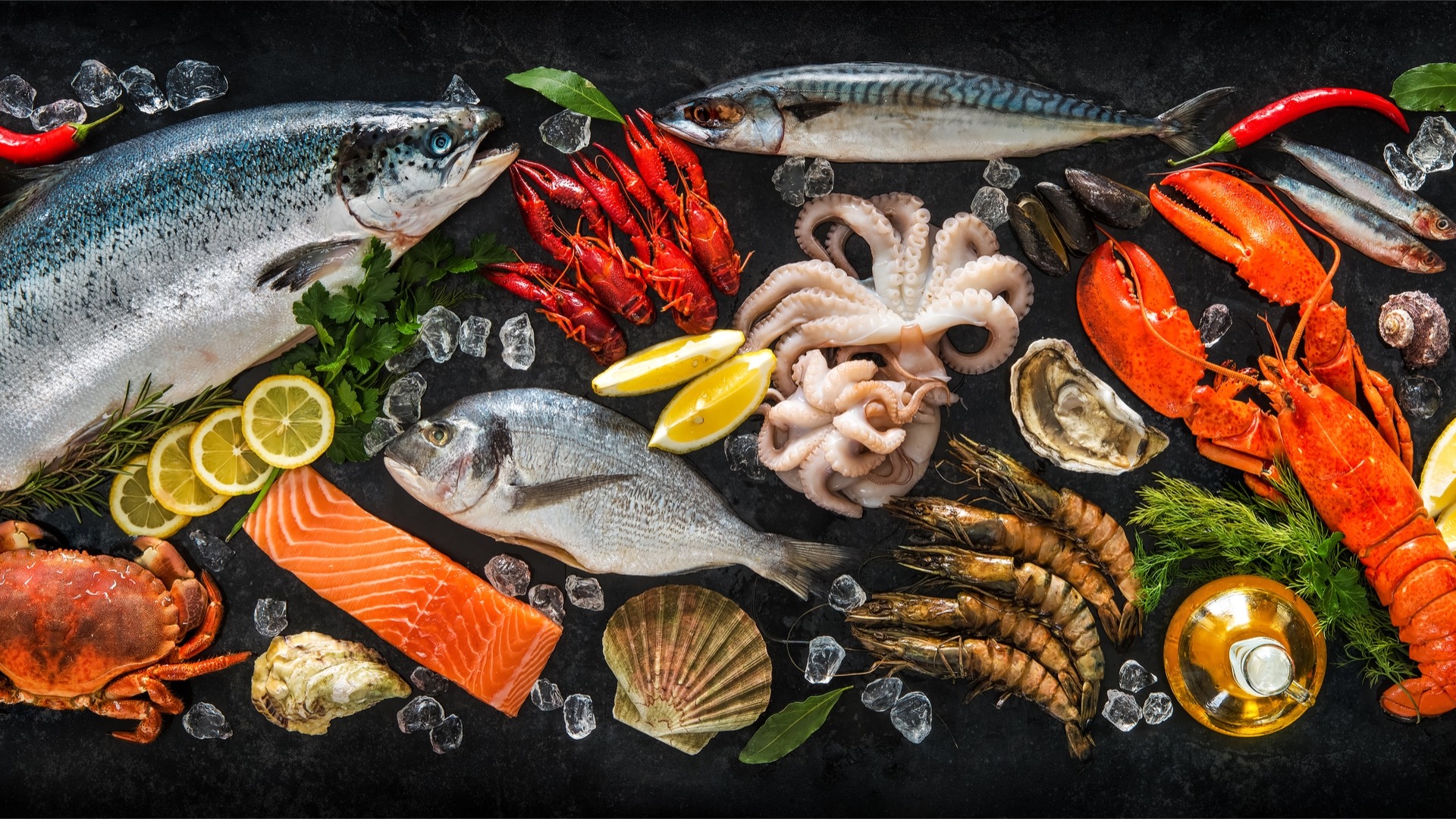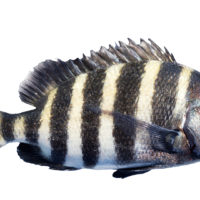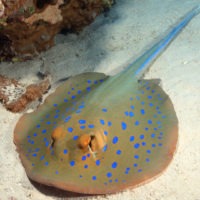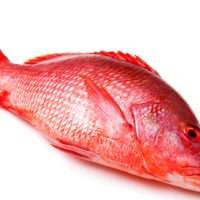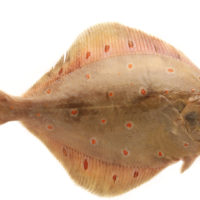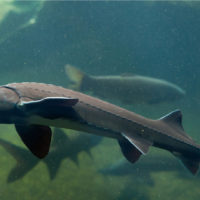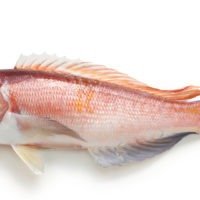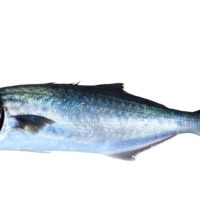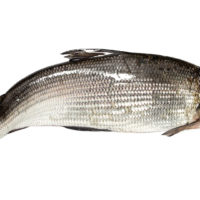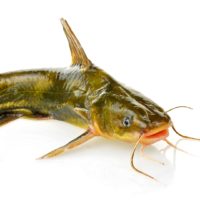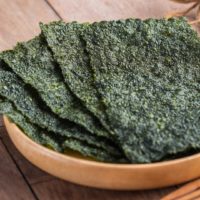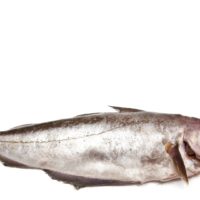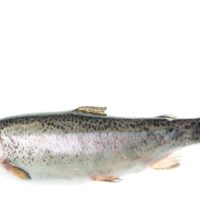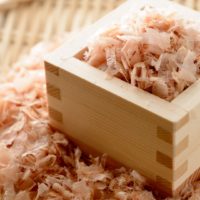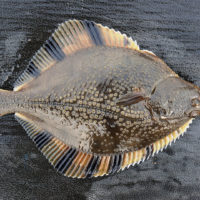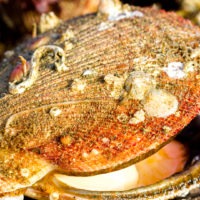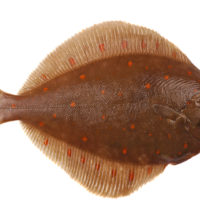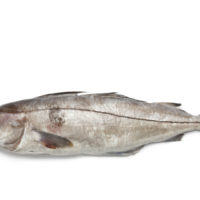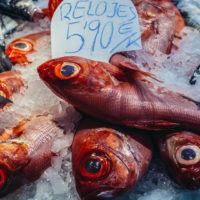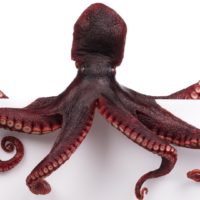WHAT IS A SHEEPSHEAD FISH? Up to 2.5 feet (70 cm) in length and weighing around 20 lbs (9 kg), this fish is known by a variety of names. The convict fish, zebra or dreamfish are the most common. With black stripes running down their silver body the convict and zebra references seem obvious. However this […]
Archaeology of Seafood
ARCHAEOLOGY OF SEAFOOD – Skate
WHAT IS SKATE? With a nutty flavor and texture often compared to crab, this cartilaginous fish is a member of the shark and ray family. With a flat, pancake shape, mouth on the underside and eyes on top of their body they have one of the more unusual shapes around. They lay their eggs in […]
ARCHAEOLOGY OF SEAFOOD – Snapper
WHAT IS SNAPPER? Ironically this rose-colored fish is actually a member of the white fish family (grouper, monkfish). It’s most often known by the name red snapper. With triangular faces, their oversized mouths hold large canine teeth giving them their name. Their elongated bodies can grow up to almost 3 feet (1 meter) and 50 […]
ARCHAEOLOGY OF SEAFOOD – Sole
WHAT IS SOLE? The name sole was given to this fish due to its resemblance to a sandal. They are flat in shape being brown on top (with both eyes) and have a white underbelly. In Europe this refers to a specific family of fish while in the States it has become a more generic […]
ARCHAEOLOGY OF SEAFOOD – Sturgeon
WHAT ARE STURGEON? These gigantic, armored fish can grow over 11 feet (3.3 meters) tall and weigh over 1,000 lbs (453 kg. most of which is muscle), and live for up to 100 years. Made famous due to their eggs being the basis of caviar, this fish is like the rhino of the sea. Covered in […]
ARCHAEOLOGY OF SEAFOOD – Tilefish
WHAT IS TILEFISH? Nicknamed the “clown of the sea” or the “Golden Snapper”, despite its tropical appearance the tilefish can be found as far north as Nova Scotia! Able to grow up to 4 feet (1.2 meters) in length, the larger the size the firmer the texture. With a diet that consists mostly of crustaceans, […]
ARCHAEOLOGY OF SEAFOOD – Bluefish
WHAT IS A BLUEFISH? Also known as elf, tailor or shad fish, these hungry predators are migratory in nature. Blue green in color, they have a jutting, muscular mouth filled with sharp teeth. Growing to over 20 lbs (14 kg.) in size, they’re highly aggressive and can be dangerous even to human swimmers who stumble […]
ARCHAEOLOGY OF SEAFOOD – Whitefish
WHAT IS WHITEFISH? Whitefish has become a generic name for a number of different, similar fish. They can be caught in either fresh or saltwater. What they do have in common are their taste profiles. They’re all mild flavored, somewhat sweet, inexpensive and easy to fry up or throw in a soup. Usually these fish […]
ARCHAEOLOGY OF SEAFOOD – Catfish
WHAT IS A CATFISH? Above all else, catfish are famous for their droopy whiskers! Predominately freshwater, they come in a range of sizes throughout the world. The Mekong variety for example can grow up to 10 feet (3 meters) and almost 500 lbs (227 kg) in size. In general this fish prefers to live inland […]
ARCHAEOLOGY OF SEAFOOD – Seaweed
WHAT IS SEAWEED? Seaweed is a generic name for a large group of aquatic plant life including kelp that are composed of algae. There are three basic types, red, green and brown. Each plant is composed of a root structure, a stem and blades where most of the photosynthesis occurs. Beds of seaweed play a […]
ARCHAEOLOGY OF SEAFOOD – Croaker
WHAT IS A CROAKER? The Atlantic croaker, also known as whiting or corvina (a different fish) is a ray-finned fish famous for the sound they make when they vibrate their swim bladders (gas filled organs that help fish to control their buoyancy) during mating. Growing up to 2 feet in length, they have a silver […]
ARCHAEOLOGY OF SEAFOOD – Pollack
WHAT IS POLLACK? Depending on which side of the Atlantic you’re on, this whitefish goes by many names including Silver Bill, Boston Blue or Lythe. To make this even more confusing, pollock and pollack fish are slightly different types of cod. Delicate yet flaky, pollack is low in oil, making it less healthy but its flavor […]
ARCHAEOLOGY OF SEAFOOD – Trout
WHAT IS A TROUT? This member of the salmon family is found mostly in freshwater. However some species such as Rainbow trout will spend 2 to 3 years at sea before returning to freshwater to spawn. Depending on the location, the colors and patterns that camoflauge this fish can dramatically vary. They generally prefer cooler […]
ARCHAEOLOGY OF SEAFOOD – Bonito Flake
WHAT IS BONITO FLAKE? Also known as katsuobushi, this ingredient was first made in the late 1600s. The flesh of a bonito fish is dried, smoked, fermented and then grated into flakes. A key ingredient in dashi (powdered fish broth made from bonito and kelp), this is a major source of the umami flavor that […]
ARCHAEOLOGY OF SEAFOOD – Flounder
WHAT IS A FLOUNDER? This member of the flatfish family is famous for having a pancake shape and 2 eyes on top. At birth flounders look like all other fish having the same narrow head shape with 1 eye on each side. But after their larval stage as the fish ages, one of their eyes […]
ARCHAEOLOGY OF SEAFOOD – Scallop
WHAT IS A SCALLOP? Scallop is a general term for any one of a number of saltwater bivalves (clams, oysters and mollusks) or the meat harvested from them. The origin of the name comes from the French term “escalope” a term for a piece of boneless meat. In general they tend to be mobile swimming […]
ARCHAEOLOGY OF SEAFOOD – Plaice
WHAT IS A PLAICE? A popular fish and chips option in the Mediterranean , the name actually refers to 4 different types of flatfish. Plaice is a derivation of the Greek term platys a.k.a. “broad.” However when born they have a normal shape. They then gradually become flatter and flatter during the first few weeks […]
ARCHAEOLOGY OF SEAFOOD – Haddock
WHAT IS A HADDOCK? Native to the North Atlantic, this cousin of the cod is silver in color . A bottom dwelling fish, it has a long, tapered body with a small mouth and 3 dorsal fins. The upper part of the body can vary in color ranging from grey to black while the lower […]
ARCHAEOLOGY OF SEAFOOD – Orange Roughy
WHAT IS AN ORANGE ROUGHY? Also known as slimeheads, this deep sea fish didn’t look or sound that appetizing. With mucous producing canals on top of bony heads and spiky fins, few restaurants were asking for this fish. That is until New Zealand fisherman launched a marketing campaign under the new name orange roughy. Much like the Chilean […]
ARCHAEOLOGY OF SEAFOOD – Octopus
WHAT IS AN OCTOPUS? These creatures have been the basis of many a fisherman’s monster story since the dawn of time. Aquatic carnivores, they can grow up to 600 lbs in size. And this hunter has no problem holding its’ breath and climbing over rocks sticking out of the ocean. Like the squid they are […]
